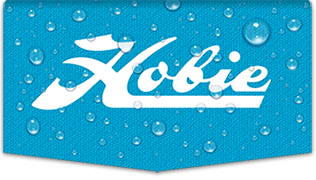I spoke with the dealer down here. He has several plastic welders and has been welding plastic boats for years. He has tried to weld his Hobie Waves and according to him (and Matt at Hobie - see above) it just doesn't work, even with the correct welder, material, etc.
The good news is these boats are practically indestructible. I wouldn't worry about rocky coves at all. We ran ours up on a nasty, rocky coast with breaking waves and 5 people on board.
They sat on the boat for safety while the waves pummeled it into the rocks - the result wasn't pretty but the boat sailed home and will sail again. There are scratches all over the hulls but no punctures!
One bow was actually bent outward. We tapped an air compressor valve into the drain plug and pressurized the hull while heating the stress point of the bend and it returned to close to normal (the whole hull is a little bit fatter now).
The other hull will get a power sander, a buffer, heat gun and some big stickers.
Anyone wanna buy a Getaway?

_________________
Capt. Han
Sail Safaris tours, lessons and rentals
St John, US Virgin Islands
http://www.sailsafaris.nettoll free(866)820-6906






